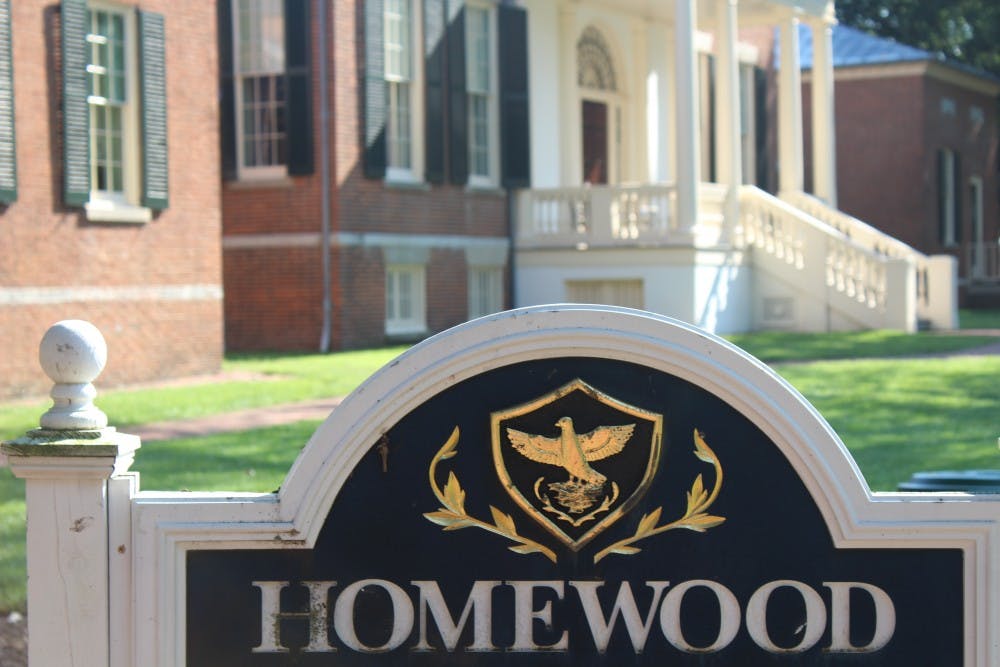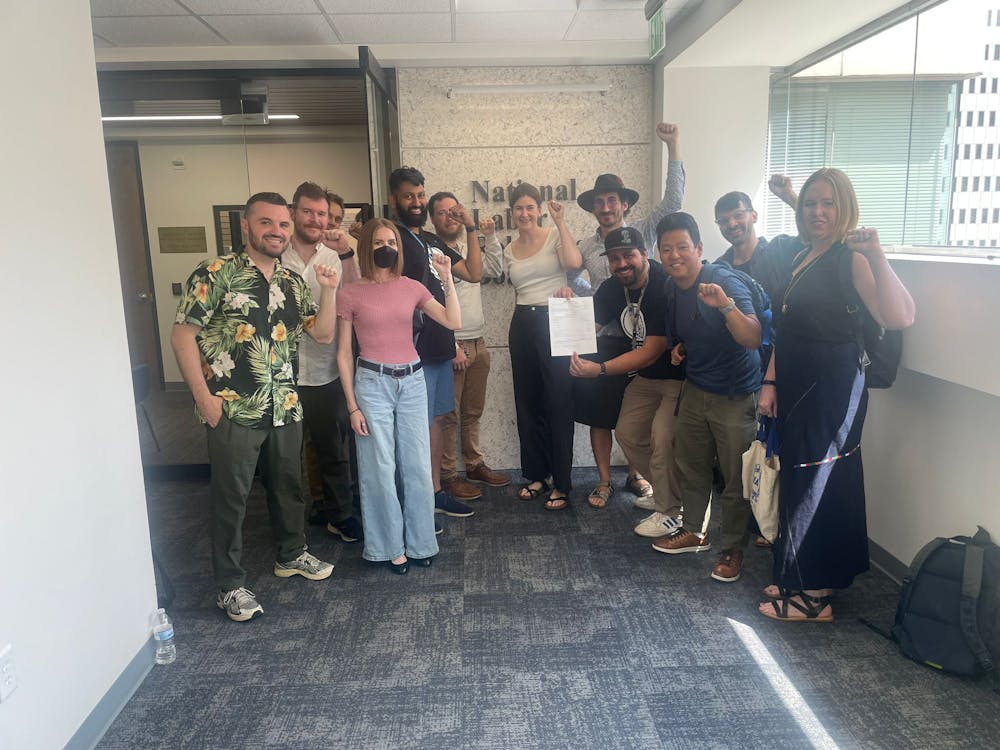The Homewood Museum hosted the latest event in the Architectural Lecture Series last Monday evening with a talk about the history of slave life on the Homewood Estate.
The talk was part of an initiative by the museum to bring awareness to the stories of enslaved people on the land now occupied by Homewood campus.
Abby Schreiber, a lecturer at the College of William and Mary, discussed the spaces slaves inhabited and how they made a life for themselves.
“There’s a lot of difficult history here,” Schrieber said. “One way that we can deal with that is to learn more about it and understand more how it affected the people who were enslaved at Homewood.”
In the early 19th century, this land was owned by Charles Carroll II, whose father was one of the signers of the Declaration of Independence. Carroll II funded the construction of the Homewood House which Schrieber studied.
“I’m not going to be giving an architectural lecture. Rather, I’m going to be using architecture to talk about social history,” Schreiber said. “We are working on reinterpreting the spaces of Homewood to better reflect the multiple families and multiple people who dwelled in those spaces, who worked in those spaces.”
Schreiber explained that researching this history was difficult with little concrete data and documentation. She elaborated on how she worked around that information gap to bring forward an accurate depiction of the lives of enslaved people at Homewood.
“We have a couple of tax records that tell us usually just the number and ages of enslaved people and their gender,” she said.
From her sources, Schreiber estimated that during that time there were between two and 20 slaves on the Estate depending on the time of year.
Schreiber compared Homewood to other similar estates, such as Monticello, a plantation owned by former U.S. President Thomas Jefferson. It was recently discovered that Sally Hemings, a slave woman with whom Jefferson had children, inhabited the space in Monticello where bathrooms were installed in 1940. Schreiber noted that the Homewood Museum also has basement bathrooms that were installed in 1917.
“One wonders what might those bathrooms be obscuring,” Schreiber said. “There are several chambers in the basement of [the museum], there are several chambers on the second floor, and it seems absolutely likely that enslaved people occupied some or all of those spaces at one point or another.”
Other possible past locations of slave housing on the estate are the exterior structures, such as a farm house dubbed ‘Owen House,’ which was demolished in 2002.
Schreiber described how Owen House had additions to the main building, possibly to add living spaces.
The coach house, another demolished building, was built around 1804 to house Carroll’s robust collection of horses and carriages. This structure could have served as housing for the three coachmen who worked there.
Schreiber concluded the talk by discussing the difficulty slaves faced when settling into life at Homewood. A summer home for the Carrolls, Homewood was largely uninhabited for about half the year.
Schreiber explained that it was also never a self-sustaining agricultural enterprise, which means that slaves were mostly domestic and accordingly even more subject to the whims and activities of their masters.
“For many of the enslaved people, throughout this whole period, there is no consistent home... They’re moved around a lot,” she said.
Schreiber explained that since she began her career as a docent in 2012, the Homewood Museum has learned much more about slaves on the Estate.
“We’re definitely not done. There’s a lot more that can be learned about these individuals and these families,” she said.
In an effort to understand and disseminate the untold stories of slaves on its property, Schreiber said that the Homewood Museum is looking to include more information about the family of Charles Carroll as well as the slave families that lived at Homewood.
“What we’re working on right now is reinterpreting the basic house tour that you would get if you walked into Homewood,” Schreiber said. “We’re going to start talking about the different families of Homewood.”
Julia Rose, curator of the Homewood Museum, further discussed these projected changes to the tour structure.
“We want to be able to have a relevant story that really moves people,” Rose said. “We need to have a tour and a museum overall that people, especially the JHU community, feel is relevant today.”
Rose noted that the tour may also expand to include more active participation for visitors.
“What we’re hoping to do is have some hands-on, interactive, immersive experiences,” she said. “We’re going to use primary source documents in each room to help with the conversation so that it’s not just a delivery, but it’s going to be, hopefully, an interactive experience where people feel comfortable asking questions or being asked questions.”
The museum is also considering a new offering called the Paradox of Liberty tour.
Rose said that this would focus on the contradiction of Charles Carroll I signing the Declaration of Independence, which states directly that “all men are created equal,” and simultaneously owning slaves.
Rose emphasized that for now, the Homewood Museum will focus on conducting research, holding focus groups and coming up with ideas for the new direction of their tours, now more oriented towards the experience of slavery.





